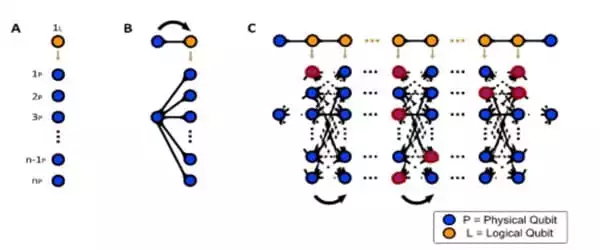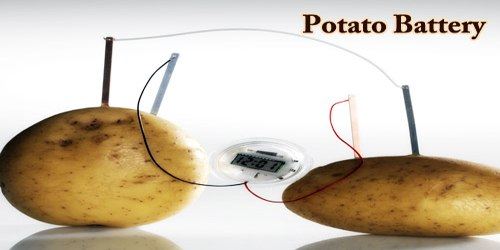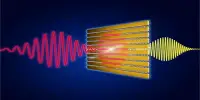Photon-based quantum computers may have significant advantages over electron-based quantum computers. To capitalize on these advantages, quantum computing startup Xanadu has made a photonic quantum computer publicly available over the cloud for the first time.
Quantum computers are advancing at a rapid pace. They claim to provide exponentially more computing power for certain extremely difficult problems. They accomplish this by taking advantage of the peculiar behavior of quantum particles such as photons of light. A team has now demonstrated how to protect qubits from errors in a silicon chip using photons.
A team of researchers from Bristol’s Quantum Engineering and Technology Labs (QETLabs) demonstrated how to protect qubits from errors in a silicon chip using photons. Particle quantum states, on the other hand, are extremely fragile. The quantum bits, or qubits, that underpin quantum computing are susceptible to errors and are harmed by the environment of everyday life. Fortunately, we know how to correct these errors in principle.
Quantum computers are gaining pace. They promise to provide exponentially more computing power for certain very tricky problems. They do this by exploiting the peculiar behavior of quantum particles, such as photons of light.
Quantum computing has the potential to transform the world. It has the potential to transform medicine, break encryption, and revolutionize communications and artificial intelligence. Companies such as IBM, Microsoft, and Google are racing to develop reliable quantum computers. China has poured billions of dollars into the project.
Quantum error-correcting codes are a method of protecting or nurturing qubits by embedding them in a more robust entangled state of many particles. A team led by researchers at Bristol’s Quantum Engineering and Technology Laboratories (QETLabs) has now demonstrated this using a quantum photonic chip.
The researchers demonstrated how large states of entangled photons can hold individual logical qubits while shielding them from the harmful effects of the classical world. The chip was built by researchers from DTU in Copenhagen, who was part of the Bristol-led team.

Dr. Caterina Vigliar, the work’s first author, stated: “The chip is extremely adaptable. It can be programmed to produce various types of entangled states known as graphs. Each graph shields logical quantum bits of information from various environmental influences.”
“Finding ways to efficiently deliver large numbers of error-protected qubits is critical to one day delivering quantum computers,” said Anthony Laing, co-Director of QETLabs and an author on the work.
In contrast, quantum computers based on photon-based qubits can, in theory, operate at room temperature. They can also be easily integrated into existing fiber optic-based telecommunications infrastructure, potentially assisting in the connection of quantum computers into powerful networks and even a quantum Internet. Photonic quantum computing can theoretically scale up to millions of qubits with the addition of so-called “time multiplexing” architectures.
Current approaches to quantum computation use the phenomena of entanglement and superposition to create a more powerful paradigm than classical computing. The field has evolved from an exotic realm confined to a few theoretical physicists to a full-scale theoretical and experimental research area, with millions of dollars spent to build prototype quantum computers. Many people believe that these computers are the only way to overcome the eventual limitations of Moore’s law, where advances are currently obtained primarily through advances in lithography.
Quantum mechanics is the foundation of physics, which in turn is the foundation of chemistry, which in turn is the foundation of biology. So, in order for scientists to accurately simulate any of these things, they need a better method of making calculations that can account for uncertainty. Then there are quantum computers.
Quantum computers are about more than just being able to do things faster or more efficiently. They’ll allow us to do things we couldn’t have imagined doing without them. Things that even the most powerful supercomputer cannot do. They have the potential to significantly accelerate the advancement of artificial intelligence. They are already being used by Google to improve the software of self-driving cars. They’ll also be vital for modeling chemical reactions.
















